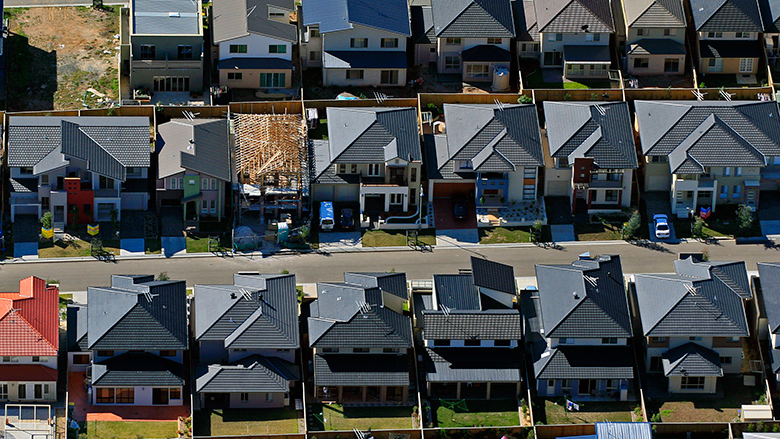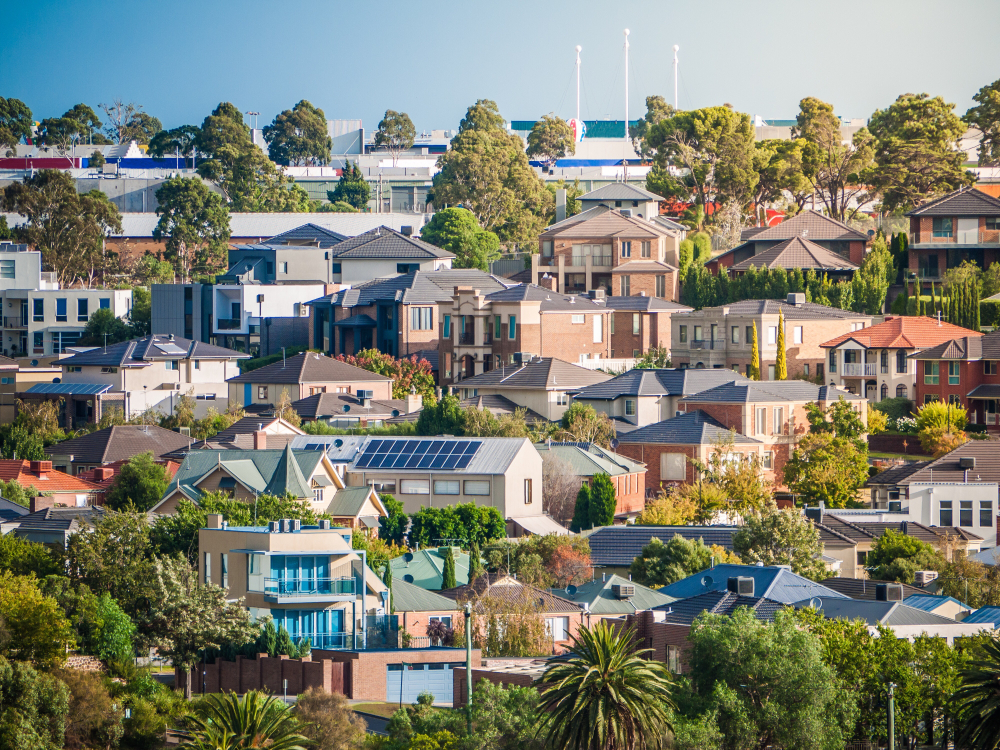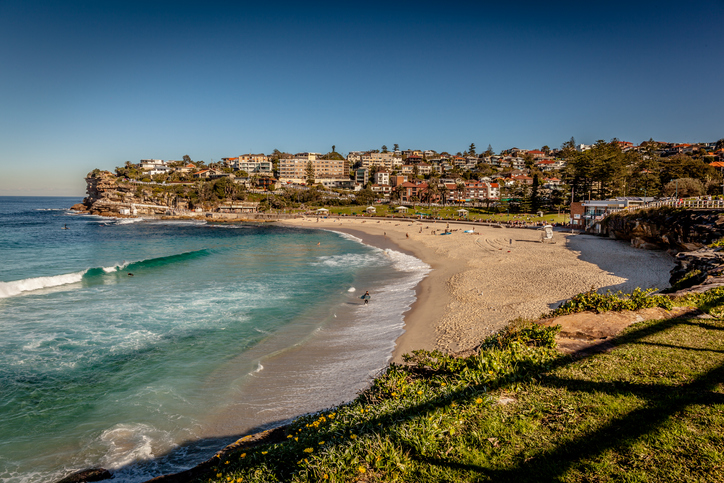Housing Affordability Slightly Improves
Despite mortgage serviceability ratios at decade highs in some capital cities.
With the recent decrease in house prices has come the first measurable signs of an improvement in affordability across the property market.
Yet despite the downturn, the pressure on interest rates has kept mortgages — proportionate to incomes — at the highest level they have been since June 2011 according to the latest ANZ/CoreLogic Housing Affordability Report.
The new research found that with property values decreasing, the time it takes to save for a home deposit has also dropped across the combined capital cities by 11 days to 11.11 years in the three months to June 2022.
In Sydney, the time needed to save a deposit was at 17.1 years while Melbourne came in at 13.6 years.
Further, the ratio of dwelling values to household income has also dropped slightly across the combined capitals, down by 0.1 point to 9.3 over the June quarter.
Despite this, the proportion of annual household income required to service a new mortgage nationally is up to 44% from 40.4% the previous quarter.
In Sydney and Melbourne, where property values declined 2.8% and 1.8% respectively, mortgage serviceability is higher with the share of income needed to service a home loan in Sydney up 3.3% to 66.1% and 2.3% to 52.7% in Melbourne.
“There’s a bit of a perception that if house prices fall, then mortgage affordability will improve but actually, on our interest rate forecasts, prices would have to fall another more than 25 per cent for mortgage serviceability to improve, and we don’t think that prices will fall that far, certainly not a national level,” said ANZ senior economist, Felicity Emmett.
“So with higher interest rates, we are seeing a big increase in how much people have to pay to service their mortgage and that means on that measure, affordability will deteriorate”
This stylish family home combines a classic palette and finishes with a flexible floorplan
Just 55 minutes from Sydney, make this your creative getaway located in the majestic Hawkesbury region.
This may be contributing to continually rising weekly rents
There has been a substantial increase in the number of Australians earning high incomes who are renting their homes instead of owning them, and this may be another element contributing to higher market demand and continually rising rents, according to new research.
The portion of households with an annual income of $140,000 per year (in 2021 dollars), went from 8 percent of the private rental market in 1996 to 24 percent in 2021, according to research by the Australian Housing and Urban Research Institute (AHURI). The AHURI study highlights that longer-term declines in the rate of home ownership in Australia are likely the cause of this trend.
The biggest challenge this creates is the flow-on effect on lower-income households because they may face stronger competition for a limited supply of rental stock, and they also have less capacity to cope with rising rents that look likely to keep going up due to the entrenched undersupply.
The 2024 ANZ CoreLogic Housing Affordability Report notes that weekly rents have been rising strongly since the pandemic and are currently re-accelerating. “Nationally, annual rent growth has lifted from a recent low of 8.1 percent year-on-year in October 2023, to 8.6 percent year-on-year in March 2024,” according to the report. “The re-acceleration was particularly evident in house rents, where annual growth bottomed out at 6.8 percent in the year to September, and rose to 8.4 percent in the year to March 2024.”
Rents are also rising in markets that have experienced recent declines. “In Hobart, rent values saw a downturn of -6 percent between March and October 2023. Since bottoming out in October, rents have now moved 5 percent higher to the end of March, and are just 1 percent off the record highs in March 2023. The Canberra rental market was the only other capital city to see a decline in rents in recent years, where rent values fell -3.8 percent between June 2022 and September 2023. Since then, Canberra rents have risen 3.5 percent, and are 1 percent from the record high.”
The Productivity Commission’s review of the National Housing and Homelessness Agreement points out that high-income earners also have more capacity to relocate to cheaper markets when rents rise, which creates more competition for lower-income households competing for homes in those same areas.
ANZ CoreLogic notes that rents in lower-cost markets have risen the most in recent years, so much so that the portion of earnings that lower-income households have to dedicate to rent has reached a record high 54.3 percent. For middle-income households, it’s 32.2 percent and for high-income households, it’s just 22.9 percent. ‘Housing stress’ has long been defined as requiring more than 30 percent of income to put a roof over your head.
While some high-income households may aspire to own their own homes, rising property values have made that a difficult and long process given the years it takes to save a deposit. ANZ CoreLogic data shows it now takes a median 10.1 years in the capital cities and 9.9 years in regional areas to save a 20 percent deposit to buy a property.
It also takes 48.3 percent of income in the cities and 47.1 percent in the regions to cover mortgage repayments at today’s home loan interest rates, which is far greater than the portion of income required to service rents at a median 30.4 percent in cities and 33.3 percent in the regions.
Consumers are going to gravitate toward applications powered by the buzzy new technology, analyst Michael Wolf predicts
Just 55 minutes from Sydney, make this your creative getaway located in the majestic Hawkesbury region.



















